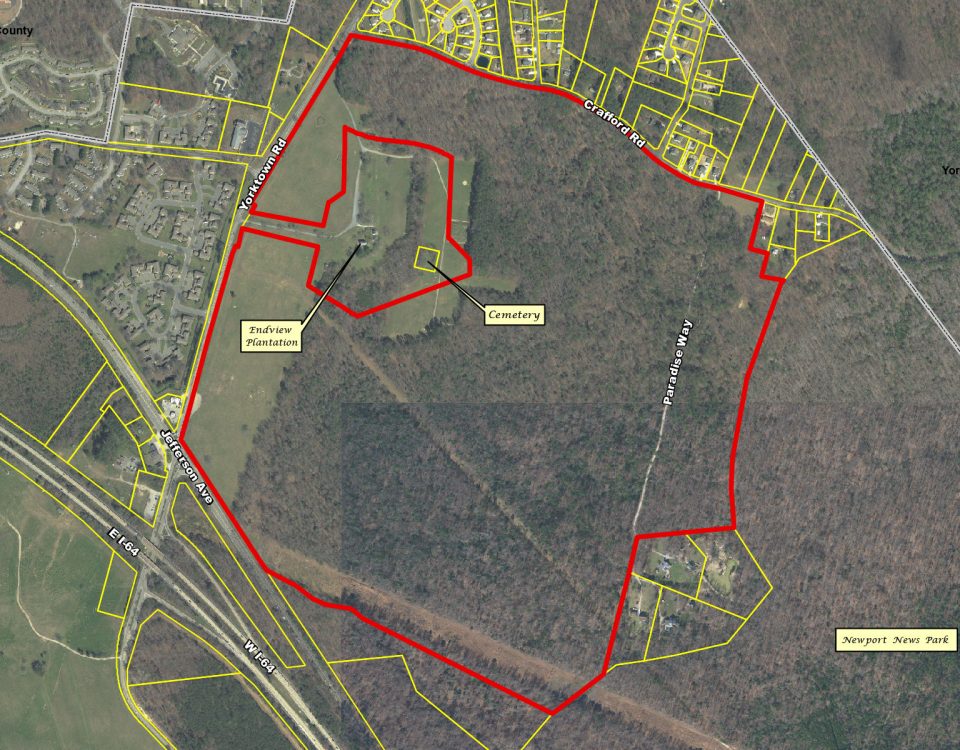
The average number of structures present in the endview plane decreases significantly from 10-14 at recompression to 4-5 in the developing wake region. It is concluded that the wedge shape is caused by the axisymmetric confinement of the shear layer as it approaches the wake centerline. End-view structures are wedge-shaped, wider on the freestream side than on the recirculating or developing wake side. It is also shown that the effect of lateral streamline convergence for this axisymmetric case causes a reduction in structure size and eccentricity at the reattachment point. Spatial correlation analyses of large ensembles of images show that the mean side-view structure is highly strained and elliptical in shape and is inclined toward the local freestream direction. The experimental diagnostic used was planar visualization of condensed ethanol droplets that were suspended in the supersonic freestream. N2 - The spatial evolution of large-scale turbulent structures in an axisymmetric, supersonic base flow has been investigated. T1 - Planar visualizations of large-scale turbulent structures in axisymmetric supersonic base flows Evidence of an amalgamation of end-view structures in the images at the reattachment point illustrates one of the mechanisms responsible for this reduction.",

Evidence of an amalgamation of end-view structures in the images at the reattachment point illustrates one of the mechanisms responsible for this reduction.Ībstract = "The spatial evolution of large-scale turbulent structures in an axisymmetric, supersonic base flow has been investigated.


The spatial evolution of large-scale turbulent structures in an axisymmetric, supersonic base flow has been investigated.


 0 kommentar(er)
0 kommentar(er)
